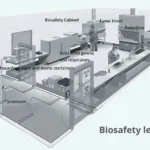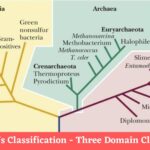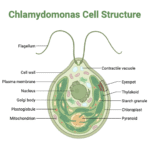outline 2 properties of plasma membrane

Questions and Answers For
Botany
277 Questions
The construction of Parenchyma cells
The construction of Parenchyma cells
Are gymnosperms vascular or nonvascular?
Are gymnosperms vascular or nonvascular?
What are the reproductive structures of gymnosperms?
What are the reproductive structures of gymnosperms?
How do gymnosperms differ from angiosperms?
How do gymnosperms differ from angiosperms?
Are gymnosperms gametophyte or sporophyte dominant?
Are gymnosperms gametophyte or sporophyte dominant?
What are angiosperms and gymnosperms?
What are angiosperms and gymnosperms?
Is pine a gymnosperm?
Is pine a gymnosperm?
What is another name for gymnosperms?
What is another name for gymnosperms?
When did gymnosperms first appear?
When did gymnosperms first appear?




